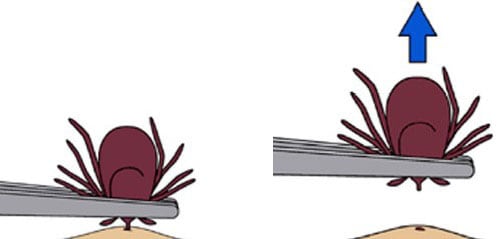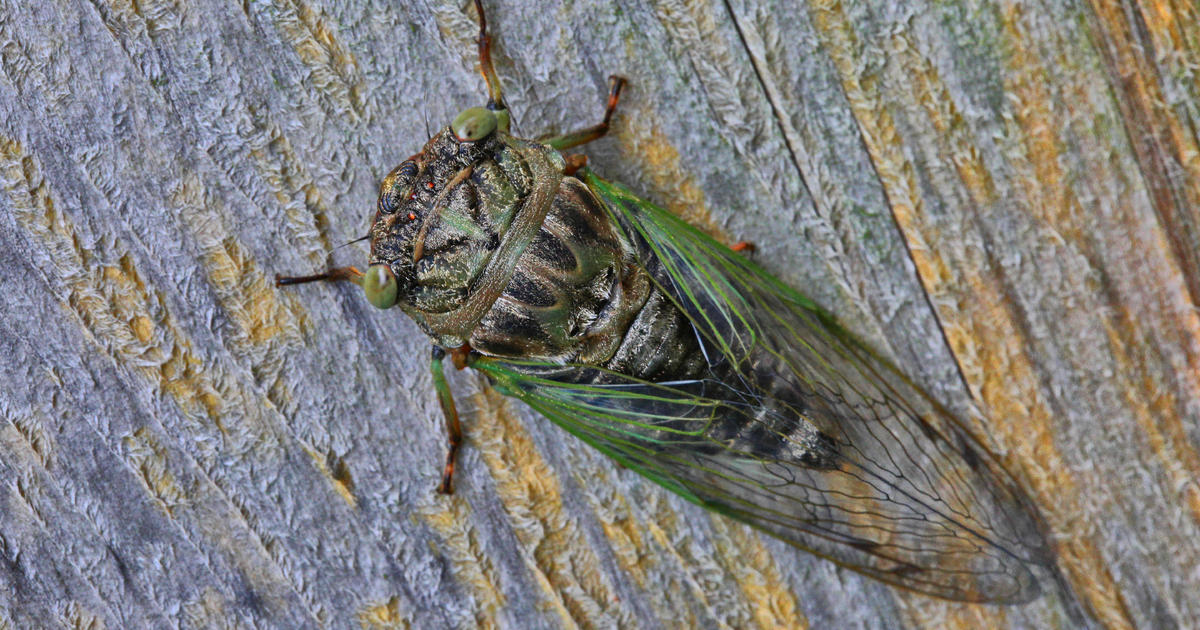What You Should Know About Tick Season In Minnesota
MINNEAPOLIS (WCCO) -- Spring officially began in March, and with warmer weather on the way we can expect ticks to arrive with it. The University of Minnesota School of Public Health says deer ticks are spreading and becoming more common-- and the time to watch out for them is now.
Deer ticks are more concerning than American dog ticks, or "wood ticks," because they are often infected with the bacteria that cause Lyme disease. But where might you find deer ticks?
Jon Oliver, an assistant professor at the U, says to be especially cautious in forested areas. Forests often have higher humidity levels, something deer ticks require. Adult deer ticks, Oliver says, are active in the spring and fall when temperatures are above freezing and snow isn't present. In May through July, immature nymphs are typically active and are harder to notice because of their small size.
The public health school says tick-born diseases are more easily prevented than cured. Oliver suggests using inset repellents that contain DEET or even treating clothing with the insecticide permethrin.

(Credit: CDC)
Checking for ticks is important even if a few hours have passed since you've been potentially exposed. The bacteria that causes tick-borne diseases like Lyme disease typically take hours to enter your body after a tick bite. If a tick is found, the CDC says to remove it by the mouth-parts with a tweezers, clean the bite area, and flush the tick down the toilet or seal it with tape. If a fever or rash develops, see your doctor.



